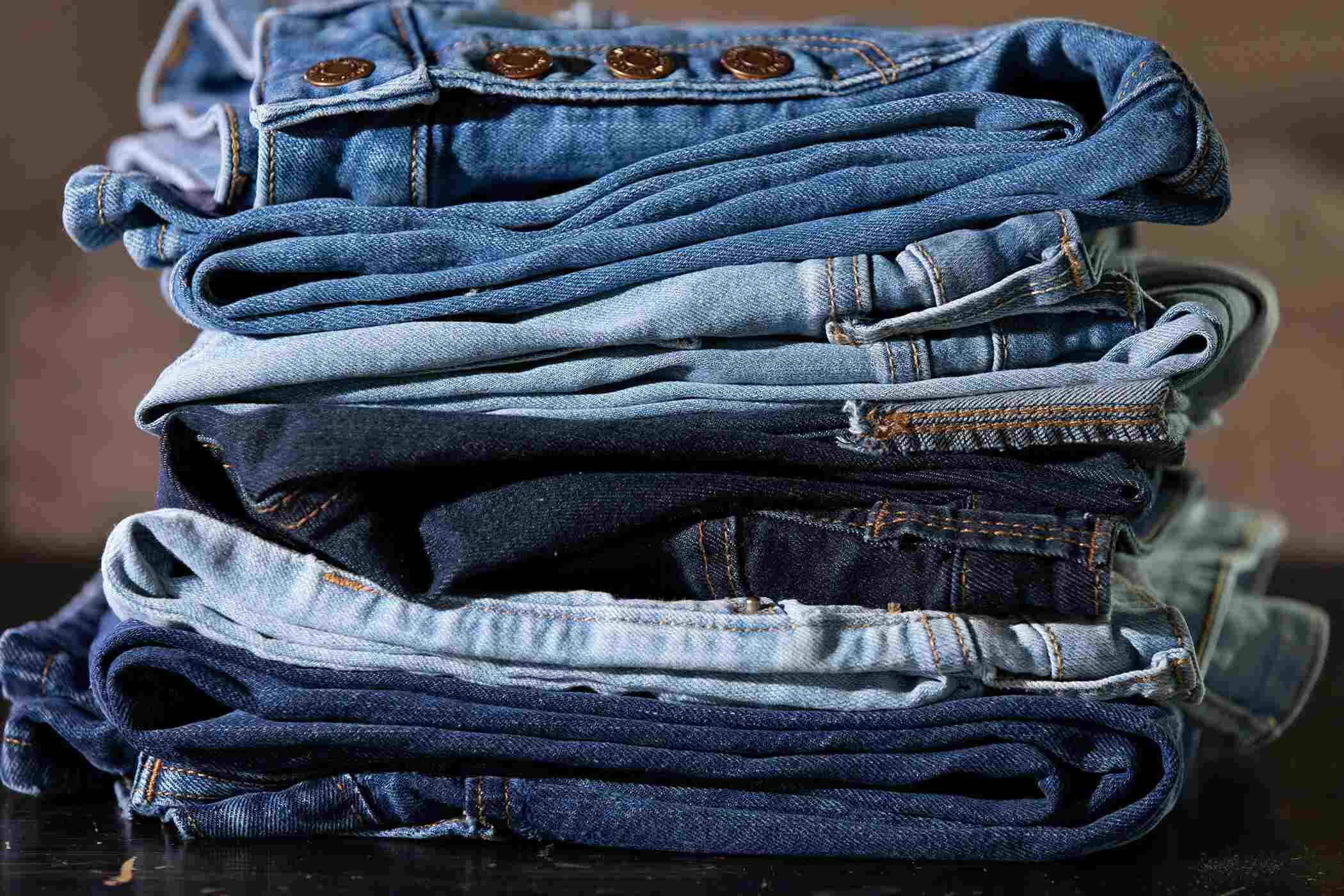
Researchers find an eco-friendly method to dye jeans
YarnsandFibers News Bureau 2021-10-04 06:25:07 – USAResearchers from the University of Georgia have developed a new eco-friendly indigo dyeing technique that uses less water and eliminates the use of toxic chemicals. This new environmentally friendly indigo dyeing technology also speeds up the dyeing process for jeans while retaining more color than traditional methods.
Sergiy Minko, one of the study's authors and the Georgia Power Professor of Fiber and Polymer Science at the University of Georgia's College of Family and Consumer Sciences, said that the textile industry is a classic example of an environmental polluter, and one of the major causes of pollution in the industry is coloration.
Natural indigo is utilized in the scientists' new method of dyeing, which was published in the journal Green Chemistry, to fully eliminate the usage of toxic chemicals used in traditional methods. It also only takes one layer of indigo to secure over 90% of the color, considerably reducing the amount of water required to dye the fabric.
In the 1700s, natural indigo was used to color fabrics in the United States. The development of a means to make synthetic indigo, on the other hand, nearly wiped out the natural indigo business. Indigo is insoluble in water and must be reduced with poisonous chemicals before being used to color clothes.
As a result, the denim sector consumes over 45,000 tonnes of synthetic indigo each year, as well as over 84,000 tonnes of sodium hydrosulphite as a reducing agent and 53,000 tonnes of dye. To dye one pair of jeans, it needs between 50 and 100 liters of dangerous chemicals-laced water.
The University of Georgia scientists explain that there are standards in place for US factories to cleanse that wastewater, but the industry has been releasing it into the environment for decades, corroding sewage pipes as it travels to rivers and the ocean.
Traditional dyeing procedures need up to eight dips in the dye solution and only achieve 70% to 80% coverage.
This new method is said to keep the comfort of the jeans by maintaining the same levels of thickness, weight growth, and fabric flexibility. By removing the requirement for repeated dips and oxidation time between each dip, the simplified method saves workers time and energy.
Minko explains that you don't reduce the indigo in this method; you don't dissolve it. Simply combine it with nanocellulose fibrils and apply it to the textile's surface. And the number of indigo particles added to the mixture can modify the hue of blue.
Nanocellulose is made up of wood pulp, and the new process combines indigo particles with nanofibres before depositing them on the textile’s surface to “glue” the color in place.
Although the researchers' innovative technique has yet to be commercialized, the study's authors feel it is a feasible option for making the denim business more sustainable.
Minko said that because denim and jeans manufacturing is such a large business, even minor changes in the industry can have a major impact. There are people that are looking for environmentally friendly products. The industry will have to adjust as regulations become more stringent.
Market Intelligence
Ask for free sample Report

experience
Customer Base
dedicated team
Countries Served Worldwide









